Plenary Session I focused on growing links between SARS-CoV-2 infection and autoimmune events that are more often seen in rheumatologic diseases.
Many observers have noted that severely ill COVID-19 patients have “sticky” blood, with a propensity to form arterial and venous thrombi, said Yu Zuo, MD, assistant professor of rheumatology, University of Michigan. This tendency to form widespread microvascular occlusions is similar to the catastrophic variant of antiphospholipid syndrome, Dr. Zuo noted. Case studies have reported antiphospholipid antibodies (aPL) in COVID-19 patients, but little is known about viral-induced aPL.
Among a cohort of 172 patients hospitalized with COVID-19, 11 (18.9%) had large vein thrombosis, and 89 (52%) were aPL positive, most commonly anti-PS/PT IgG (24%), anti-CL IgM (23%), and anti-PS-PT IgM (18%). Anti-PS/PT associates closely with a positive lupus anticoagulant, although little is known about the mechanisms.
In this cohort, aPLs were associated with neutrophil activation, impaired oxygenation, and renal dysfunction. IgG fractions from some COVID-19 patients accelerate thrombosis in mouse models and trigger neutrophil extracellular traps (NET) release from healthy neutrophils.
“These patients with severe COVID-19 have a hyperactivated autoimmune response,” Dr. Zuo said. “We see de novo autoreactivity, especially in the sickest patients. How to intervene we should study further.”
ACR Convergence 2020 registered attendees have on-demand access to watch a replay of the session through Wednesday, March 11, 2021.
COVID-19 and Rheumatic Diseases

Early single-center reports from China and the U.S. found that patients with rheumatic disease and COVID-19 were up to three times more likely to need mechanical ventilation than similar patients without rheumatic disease. But there have been few broad-based observations, noted Kristin M. D’Silva, MD, rheumatology fellow, Massachusetts General Hospital.
In what may be the largest review of COVID-19 in patients with systemic autoimmune rheumatic rheumatologic disease (SARD), researchers analyzed real-time electronic health records from more than 52 million patients across 35 U.S. healthcare networks in TriNetX. They identified 716 COVID-19 patients with SARD.
Rheumatoid arthritis (45%) and lupus (18%) were the most common rheumatic diseases. 30-day outcomes were assessed three months after SARS-CoV-2 infection and an extended study period six months into the pandemic, compared to a matched non-SARD cohort.
At three months, SARD patients had a risk ratio of 1.23 for hospitalization, 1.75 for ICU admission, 1.77 for mechanical ventilation, and 1.83 for acute kidney injury. There was no difference in mortality.
Six months into the pandemic, SARD patients had a risk ratio of 1.14 for hospitalization, 1.32 for ICU admission, 1.81 for acute kidney injury and rental replacement therapy, and 1.74 for venous thromboembolism (VTE). There were no differences in risk for mechanical ventilation, ischemic stroke, or death.
“Patients with rheumatic disease seem to be at higher risk for some severe COVID-19 outcomes, likely mediated by comorbidities,” Dr. D’Silva said. “Patients with rheumatic disease and COVID-19 should be monitored closely for VTE.”
Hydroxychloroquine Not Associated with QTc Length in SLE, RA Patients

Hydroxychloroquine (HCQ) is a cornerstone in systemic lupus erythematous (SLE) and RA therapy. Long-term HCQ use is also associated with cardiovascular toxicity, particularly prolonged QTc length. The association is of particular interest following an observational study of HCQ in COVID-19 that found 19% of patients on HCQ had a QTc greater than 500 milliseconds (ms), including one torsades de pointes. But little is known about HCQ and QTc length in rheumatologic disease.
Researchers analyzed retrospective data from a cohort of 530 RA and SLE patients, with 62% of patients taking HCQ. The mean QTc was 434 ms in patients taking HCQ and 441 ms in patients not taking HCQ. After adjusting for age, race, current prednisone use, hypertension, current smoking, diabetes, aspirin use, and anti-microbial use, HCQ had no effect on QTc length, reported Elizabeth Park, MD, Columbia University Medical Center.
Interaction testing found no relationship between HCQ use and other QTc prolonging medications.
The only significant interaction was between HCQ and antipsychotic use, but only in the SLE cohort. SLE patients taking both HCQ and antipsychotics had a longer QTc length, 441 ms, compared to patients taking only HCQ, 432 ms.
“Current use of HCQ was not predictive of prolonged QTc,” Dr. Park said. “Age, current smoking, and prednisone use were significant predictors of QTc length.”
C5a Receptor Inhibition Improves Renal Function in ANCA-Associated Vasculitis

ANCA-associated vasculitis (AAV) is associated with increased early mortality and increased risk of end-stage renal disease. Standard of care includes high-dose glucocorticoids plus cyclophosphamide or rituximab despite recognition that glucocorticoids are the major cause of treatment-related harm.
C5a drives neutrophil activation in AAV through the C5a receptor, noted Peter A. Merkel, MD, MPH, professor and chief of rheumatology, University of Pennsylvania Perelman School of Medicine. In animal models, C5a receptor knockout or antagonism halts the development of vasculitis. Early human trials of avacopan, an oral C5a receptor inhibitor, showed potential to replace glucocorticoids, improve control of renal vasculitis, and reduce glucocorticoid toxicity.
The ADVOCATE trial compared avacopan to prednisone in a phase 3 trial combined with either rituximab or cyclophosphamide/azathioprine in patients with AAV. The primary endpoints were remission at 26 weeks and sustained remission at 52 weeks.
At 26 weeks, avacopan was non-inferior to prednisone for AAV remission, Dr. Merkel reported. At 52 weeks, avacopan was superior to prednisone (p = 0.0066) for sustained remission. Avacopan also had 54% less risk of relapse compared to prednisone, a significantly lower glucocorticoid toxicity index, improved eGFR, and improved quality-of-life scores measured by SF-36.
“There were quite a few serious adverse events, as one would expect in patients with serious AAV, but there was no difference in adverse events between the two groups,” Dr. Merkel said.
Racial Disparities Predict Stroke, Ischemic Heart Disease in SLE

A new analysis of the Georgia Lupus Registry, a population-based registry of SLE patients in the Atlanta area, has identified race as an independent predictor of stroke and ischemic heart disease in SLE patients.
The findings are based on a registry population of 1.4 million individuals, 49.4% African American and 51.2% female, said Shivani Garg, MD, MS, Assistant Professor of Medicine, University of Wisconsin School of Medicine and Public Health. A total of 336 individuals with SLE were included in the analysis, 75% Black, 87% female, and a mean age of 40.
Black patients had a three-fold higher risk for stroke (p = 0.007) and a 24-fold higher risk for ischemic heart disease (p < 0.0001) compared to white patients. The leading predictors of stroke are Black race (HR = 3.4), discoid rash (HR = 4.6), and renal disorder (HR = 2.4). The leading predictors of IHD were age 65 or older (HR = 61), Black race (HR = 24), neurologic disorder (HR = 4.0), and immunologic disorder (HR = 4.7).
The peak timing for stroke was two years after SLE diagnosis and 14 years after diagnosis for ischemic heart disease.
“The registry does not include data on traditional CVD risk factors such as smoking,” Dr. Garg cautioned. “And medications use, including steroids and hydroxychloroquine, was not collected. We need to look at the impact of timely, targeted prevention in the highest-risk SLE populations.”
